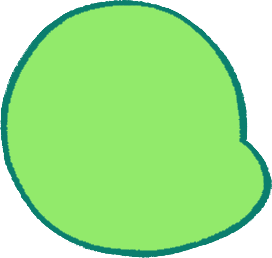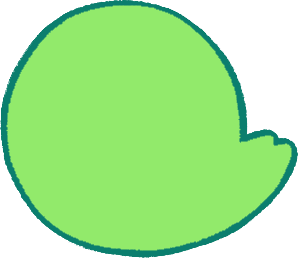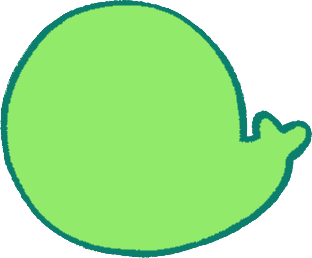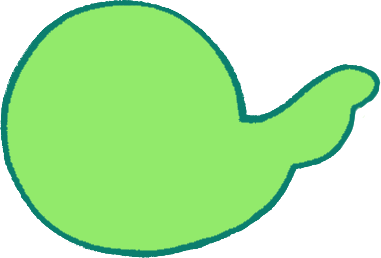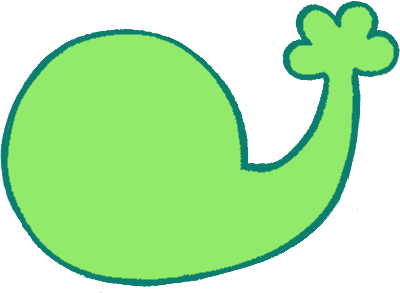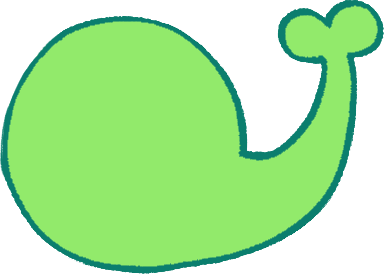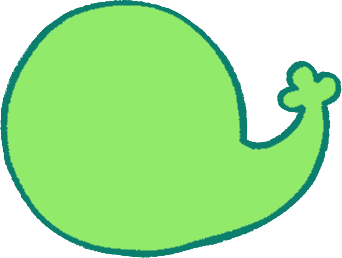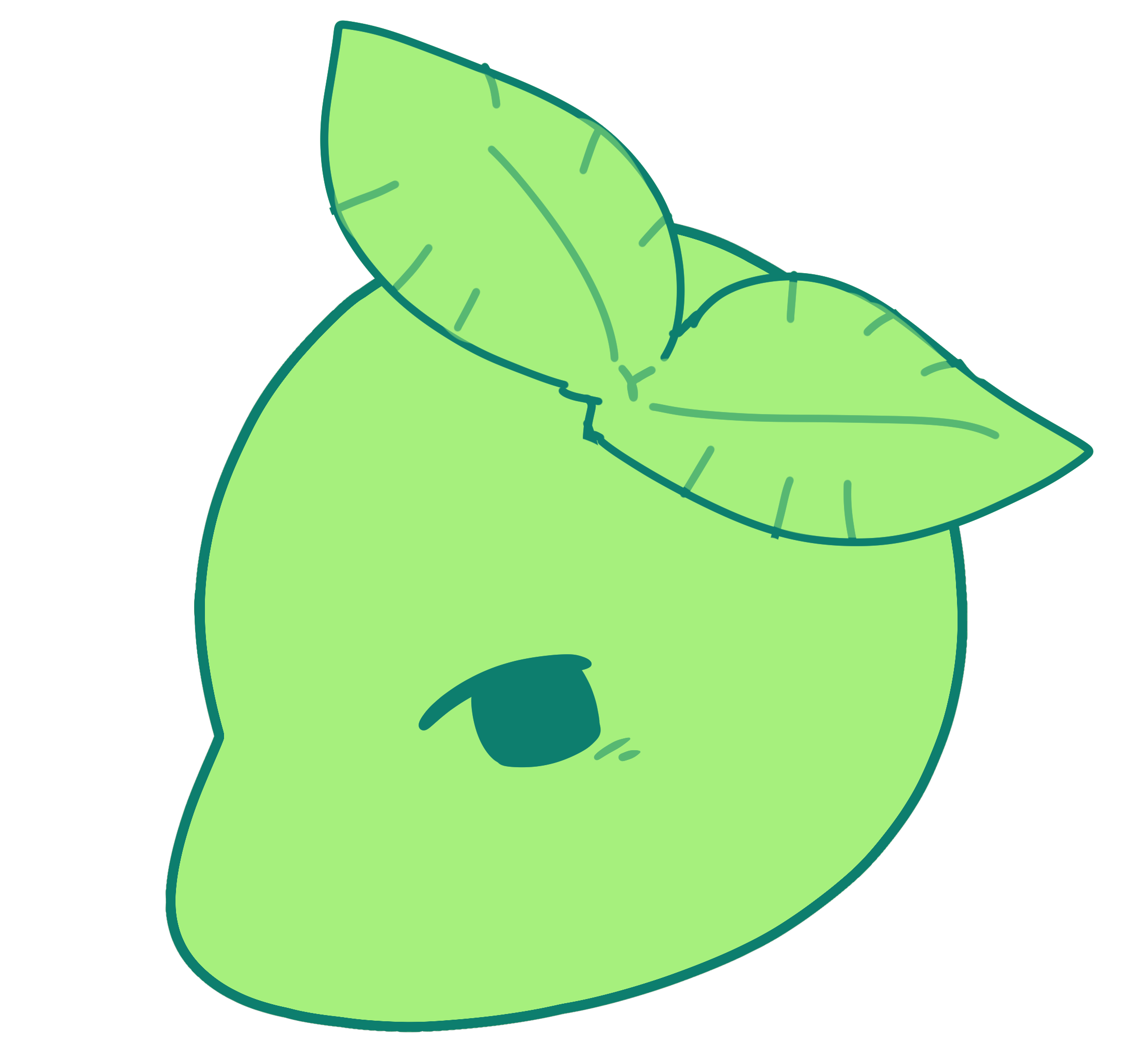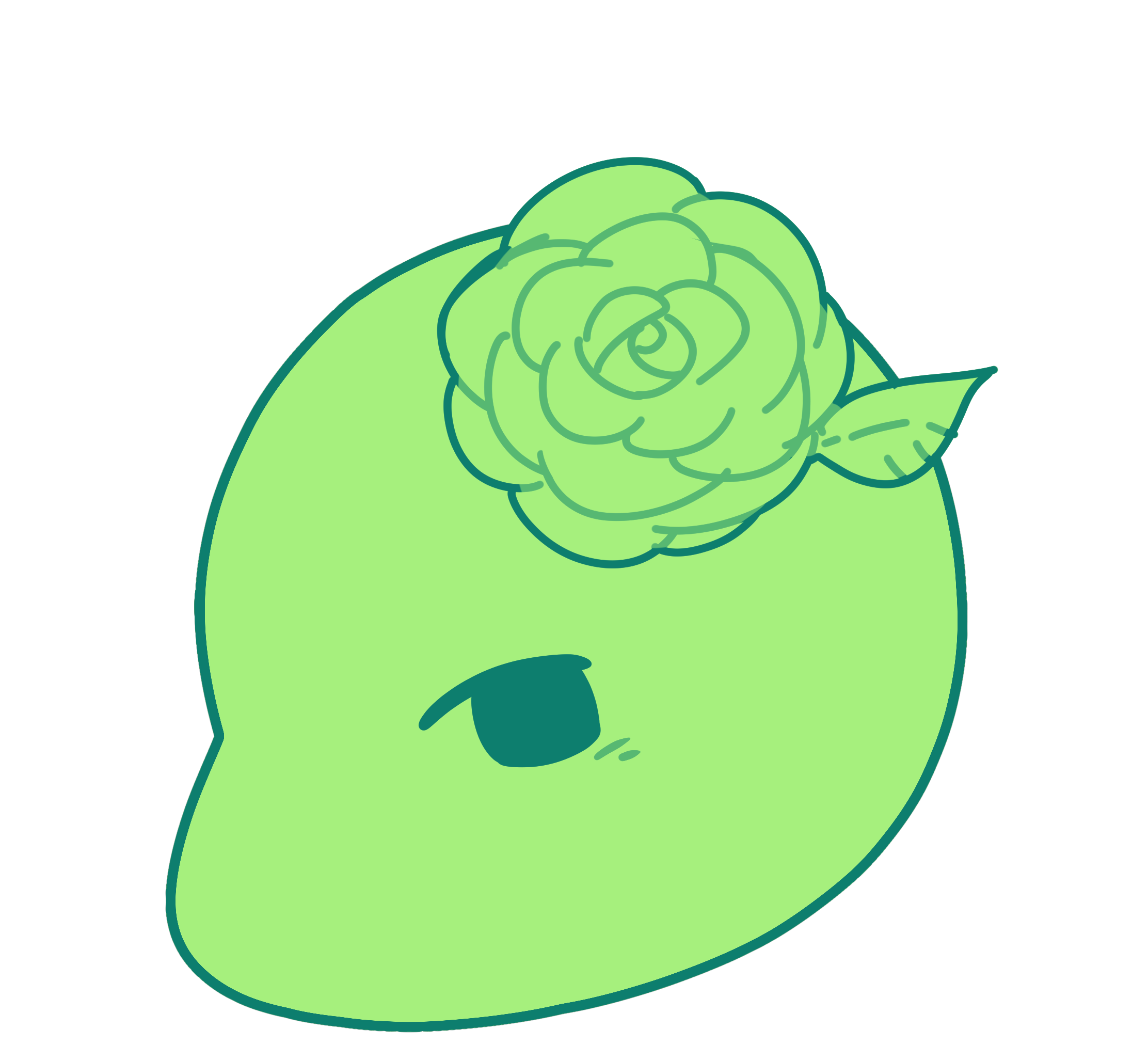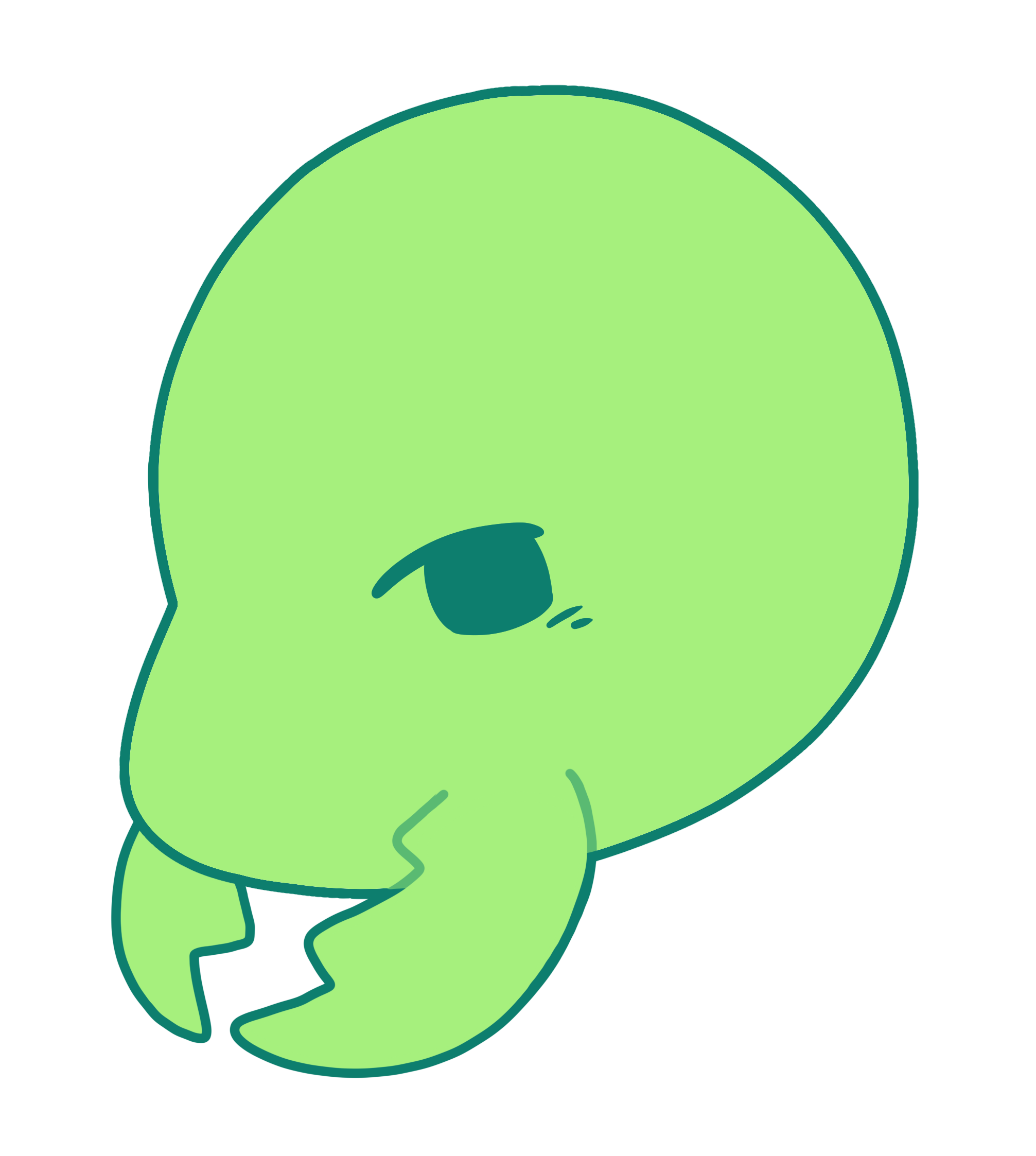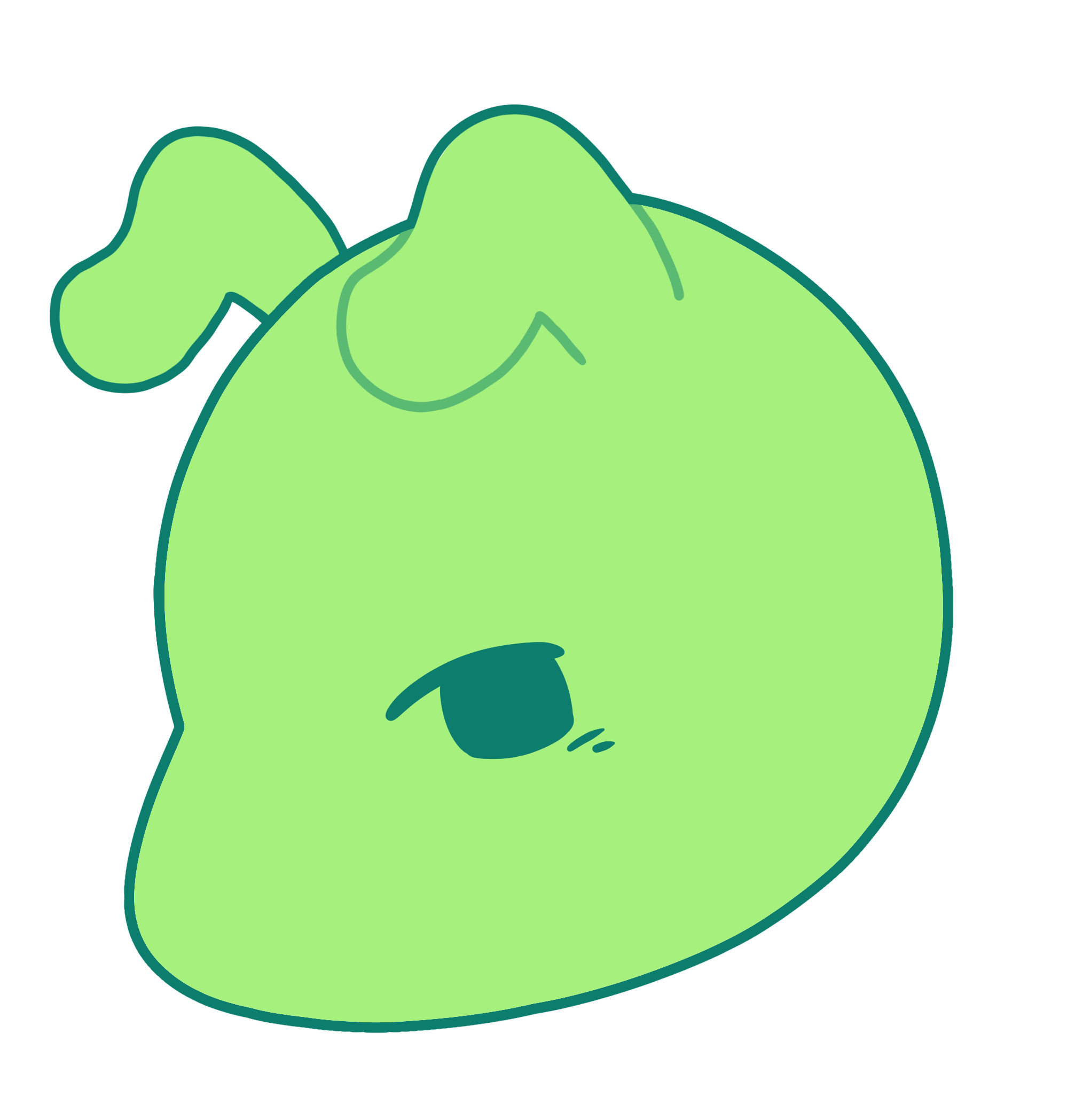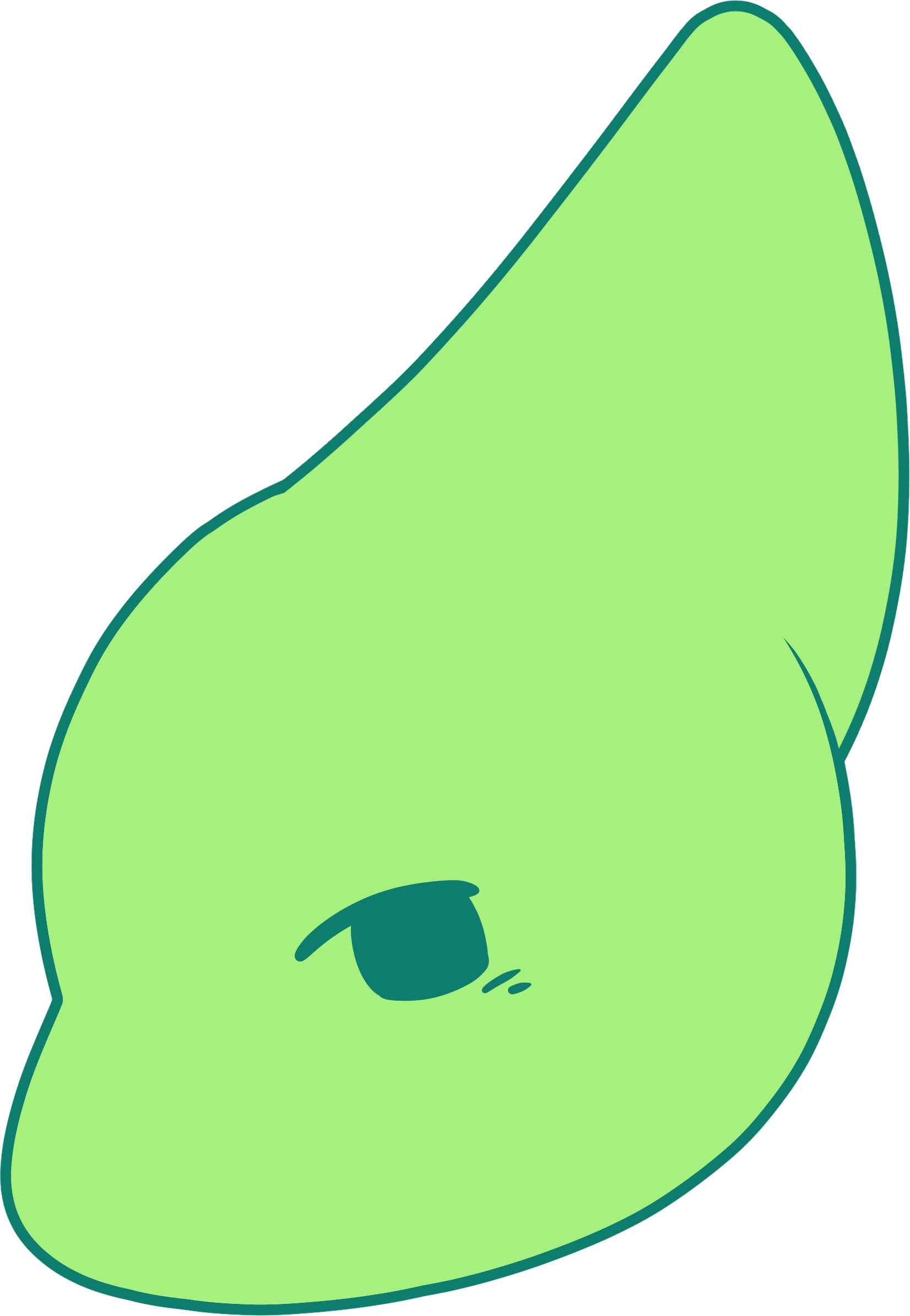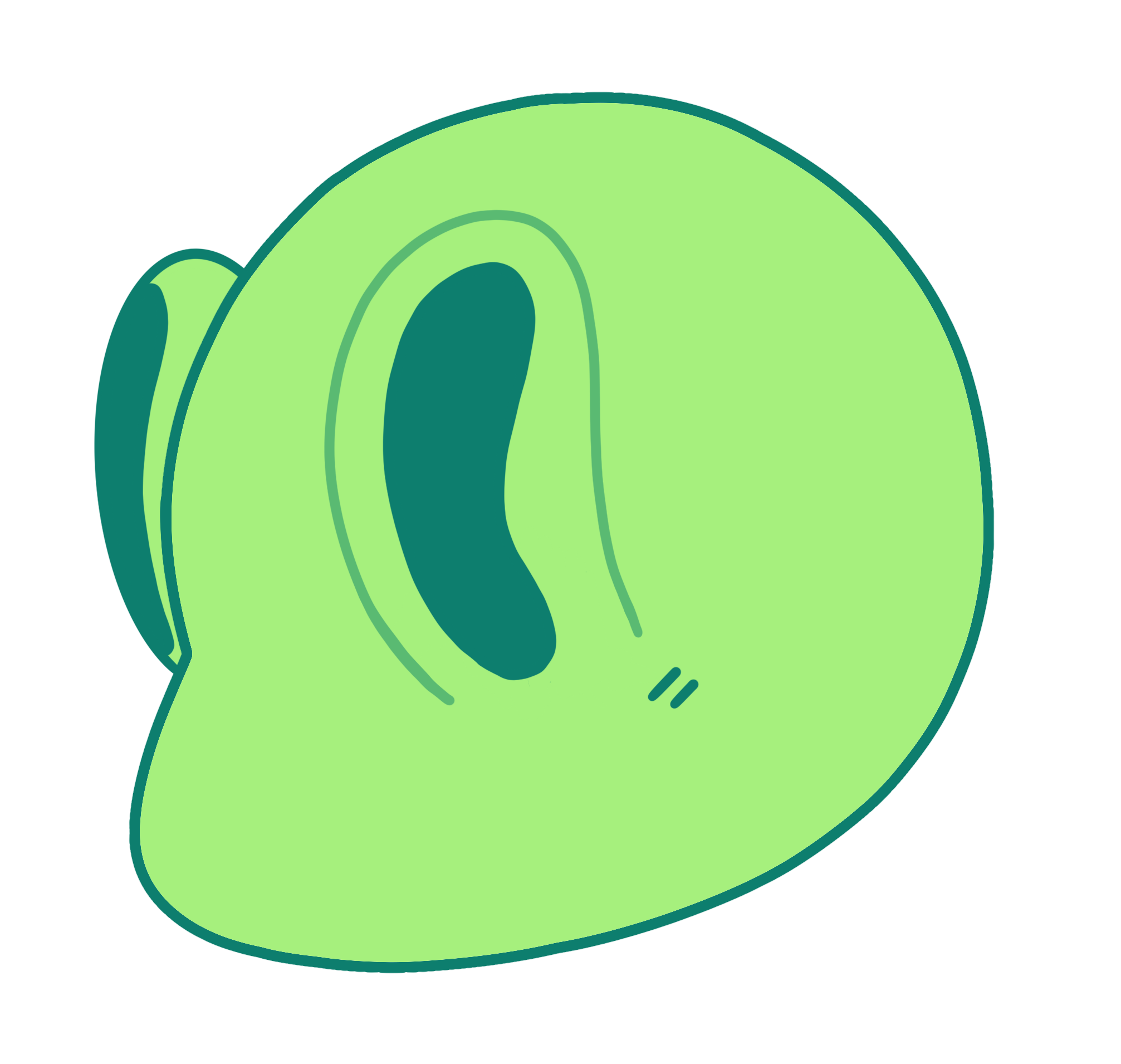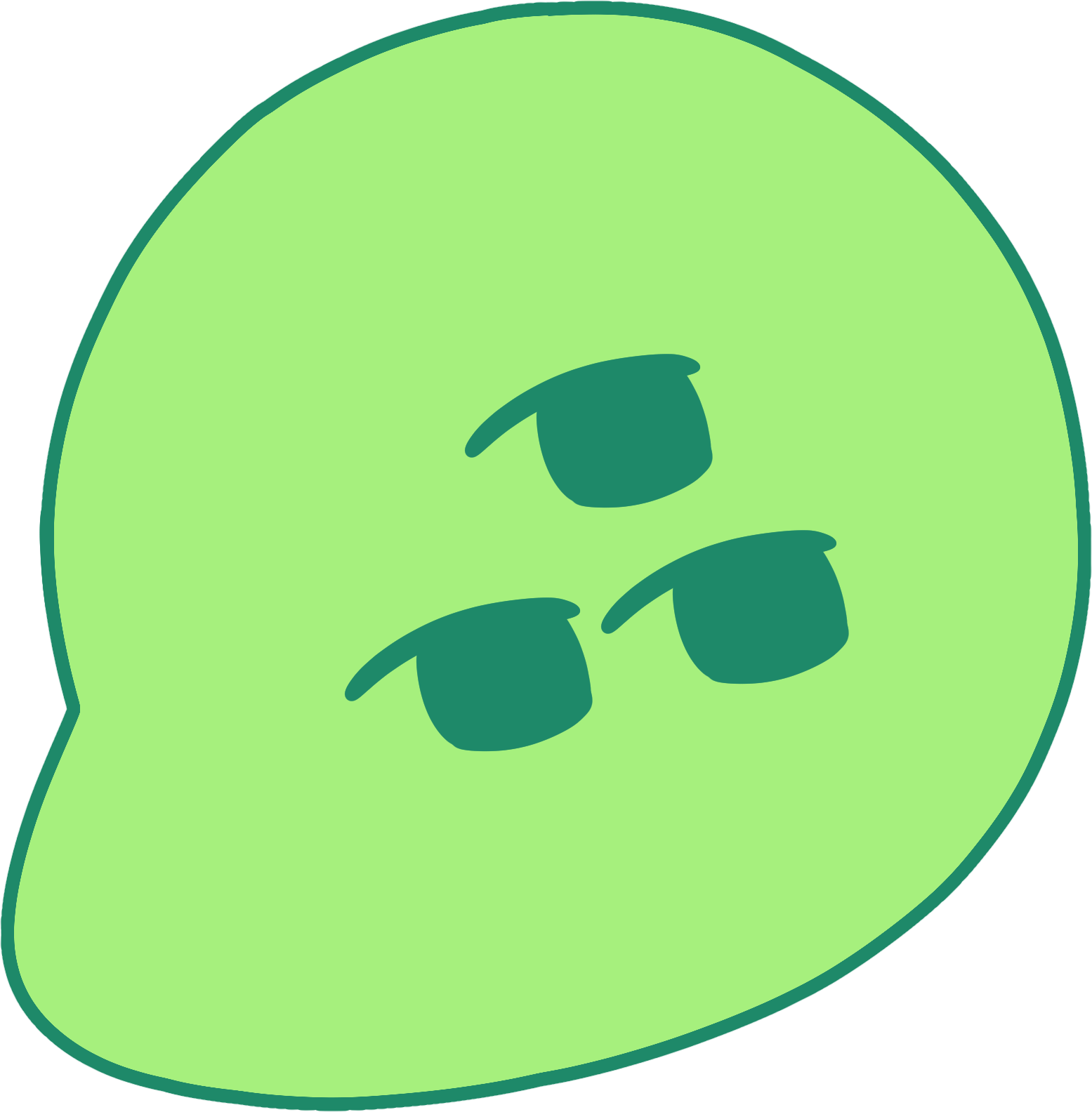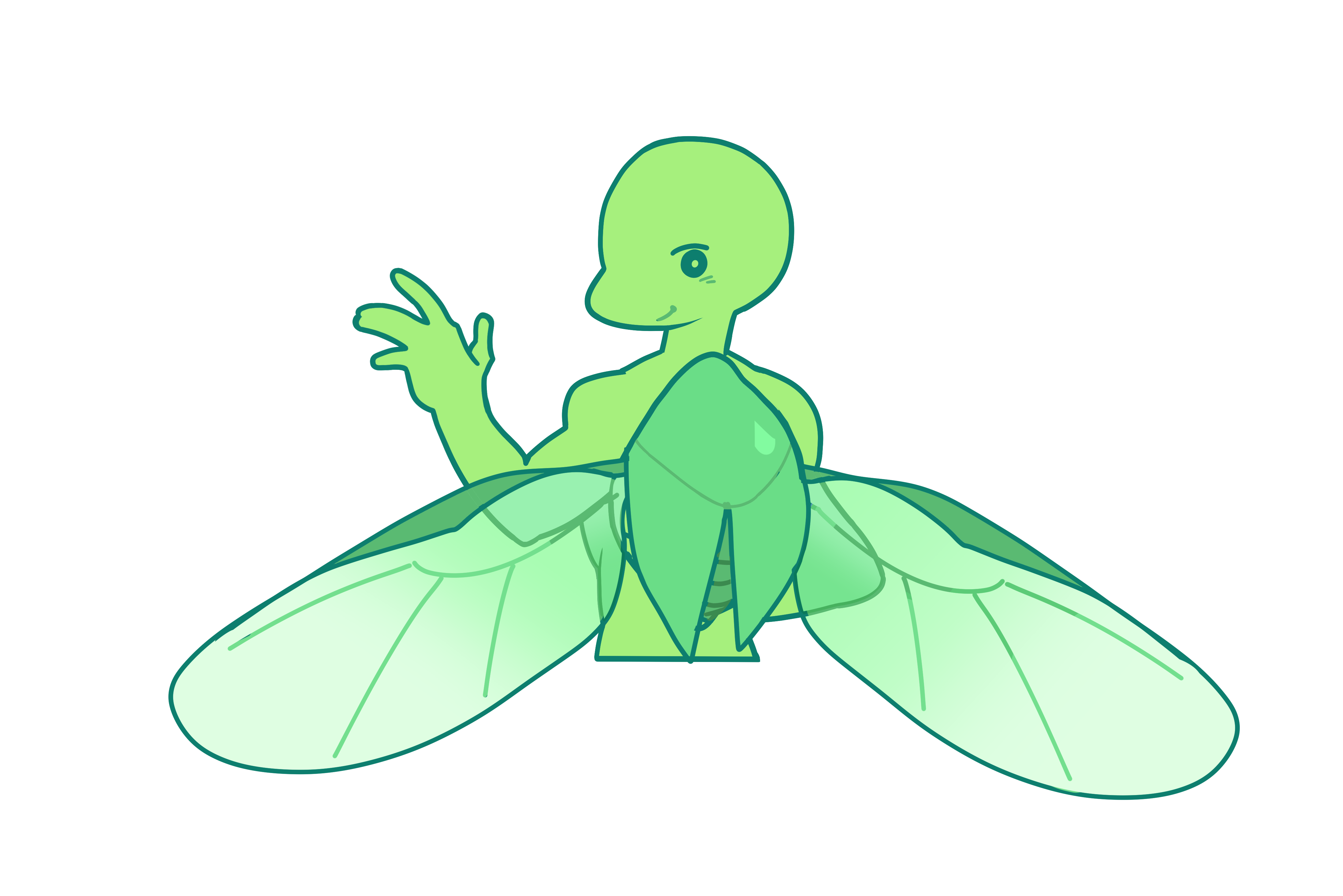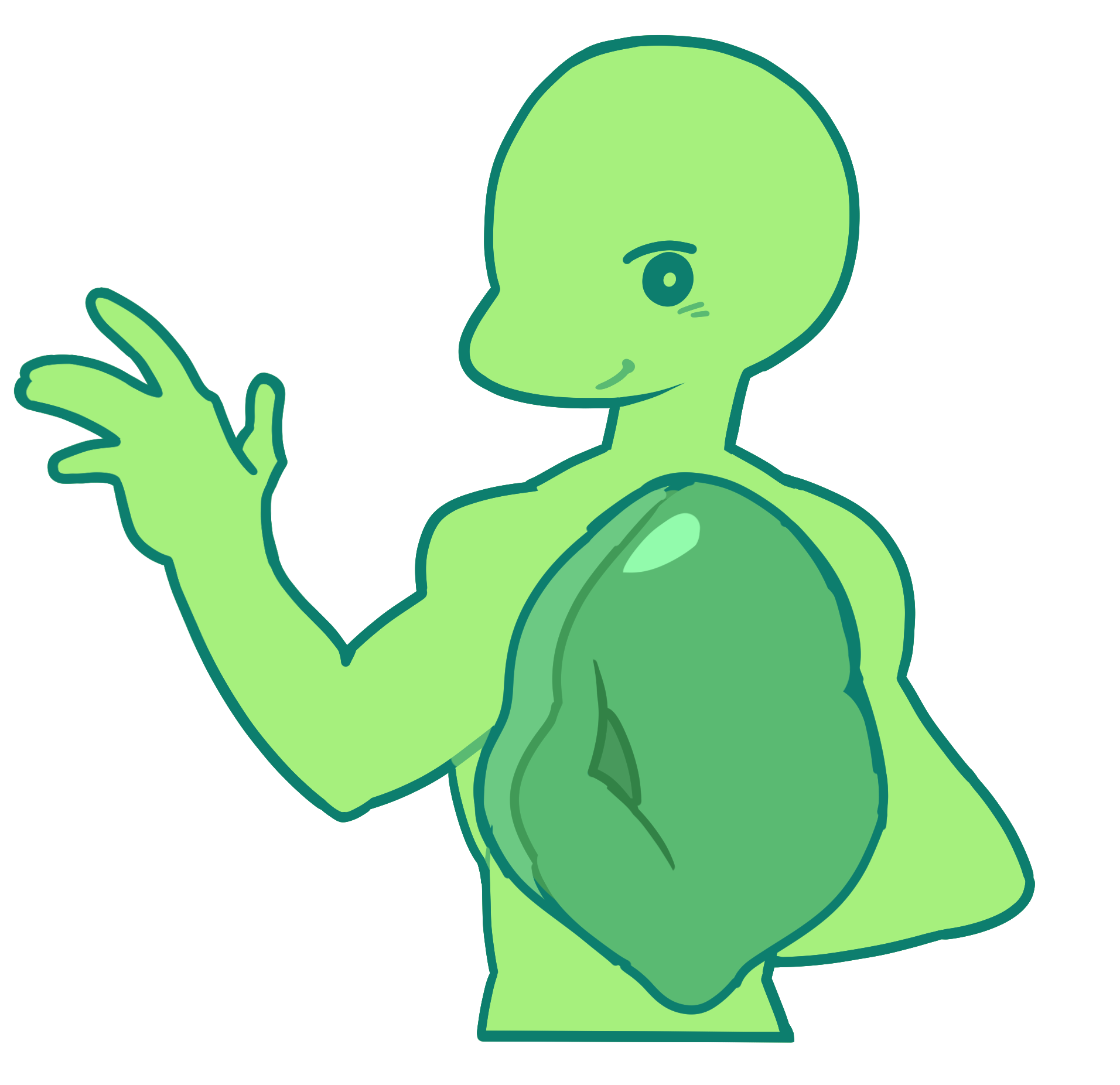Traits
Pip Horn (Common)
The Insectoplant has a small, nubby, upturned horn.
Note:
Pip Horns can not be a solid color separate from the main color of the Insectoplant’s head.

Alternate Types Show
-
Pip Horn (MS) (Rare)
Species: Mediscarab
Pike Horn (Common)
The Insectoplant has an upturned horn featuring two nubby, rounded ends and maintains the same thickness throughout the entire horn.

Alternate Types Show
-
Pike Horn (MS) (Rare)
Species: Mediscarab
Curve Horn (Common)
The Insectoplant has an upturned horn that breaks off into two rounded protrusions, resembling a heart.

Alternate Types Show
-
Curve Horn (MS) (Rare)
Species: Mediscarab
Split Horn (Common)
The Insectoplant has an upturned horn featuring two pointed ends and maintains the same thickness throughout the entire horn.

Peanut Horn (Common)
The Insectoplant has a horn that features lumpy bumps on the underside, which resemble a peanut.

Plump Horn (Common)
The Insectoplant has a rounded, nubby horn with a lump before the point.

Clover Horn (Common)
The Insectoplant has a long upturned horn that breaks off into four protrusions, resembling a four-leafed clover.

Sprout Horn (Common)
|
The Insectoplant has a long upturned horn that breaks off into two thick, rounded protrusions, resembling a sprout. |

Cross Horn (Common)
The Insectoplant has a long upturned horn that breaks off into three protrusions, resembling a cross.

Basic Plant (Common)
The Insectoplant’s plant is anything that could be considered “simple” or “basic.” This includes but is not limited to leaves, trees, grass, moss, and sprouts.
Flower Plant (Common)
The Insectoplant’s plant is any type of flower.
Note:
Leaves, roots, stems, and the like may be included without the Basic Plant trait if they are clearly attached to and a part of the flower.
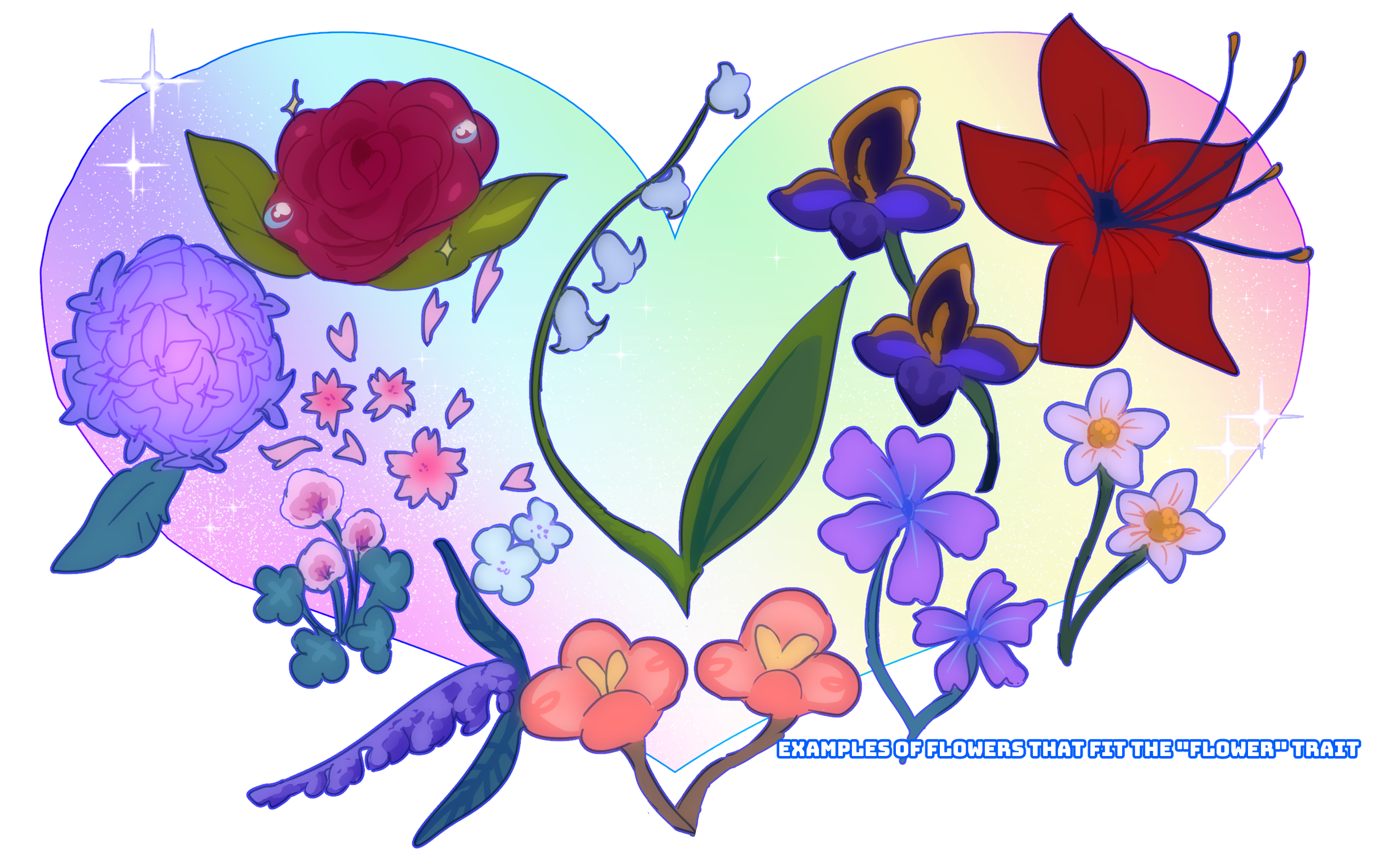
Alternate Types Show
-
Flower Plant (SP) (Uncommon)
Species: Snowphid
-
Flower Plant (SC) (Uncommon)
Species: Scoutopod
-
Flower Plant (TS) (Rare)
Species: Toxislug
Silk Plant (AT) (Common)
The Insectoplant has small plants coming out of the silk on their body. These plants can be any sort of small plant, fruit, or vegetable.
Note:
This trait only applies to Aratelas.
Mandibles (Common)
The Insectoplant has mandibles somewhere on their head resembling the mandibles of arthropods. They can use these to grab and cut their food.
Alternate Types Show
-
Mandibles (MS) (Mandatory)
Species: Mediscarab
Beetle Crest (Common)
The Insectoplant has a crest or large spikes coming from the top and/or back of the head, resembling the crests of various species of beetles and dinosaurs.
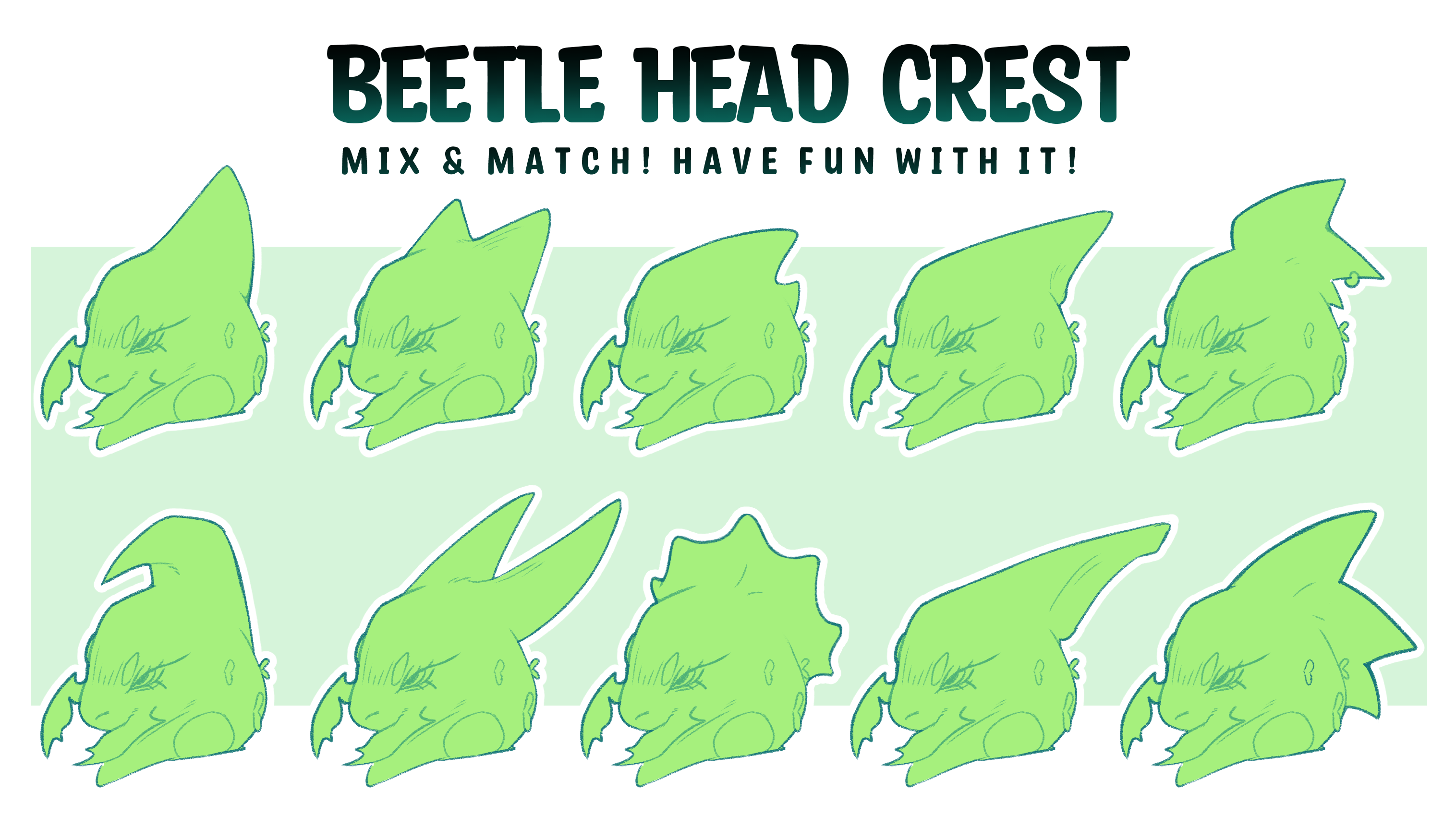
Alternate Types Show
-
Beetle Crest (MS) (Mandatory)
Species: Mediscarab
Eye Stalks (TS) (Common)
The Insectoplant has eyes placed at the end of stalks coming out of the head, resembling the eye stalks of slugs and snails. These can be used to get a better look at their surroundings!
Note:
This trait only applies to Toxislugs.
Straw Tongue (BM) (Common)
The Insectoplant has a long, straw tongue, resembling that of a butterfly. These can be used to drink out of hard-to-reach places!
Note:
This trait only applies to Brewmoths.
Multiple Eyes (Common)
The Insectoplant has 3 or more eyes on their body. The additional eyes may be anywhere on the body as long as they do not resemble other traits that the Insectoplant does not have.
Beetle Wings (Common)
The Insectoplant has long, rounded wings with optional venation patterns, resembling the wings of beetles.
Alternate Types Show
-
Beetle Wings (TS) (Uncommon)
Species: Toxislug
-
Beetle Wings (SP) (Uncommon)
Species: Snowphid
Mantle (TS) (Common)
The Insectoplant has a mantle on their back, which resembles a normal Insectoplant backpack but is instead fleshy with a lip and pocket. They resemble the mantles of slugs. Wings may still come out of Mantles if the Insectoplant has them.
Note:
This trait only applies to Toxislugs.
